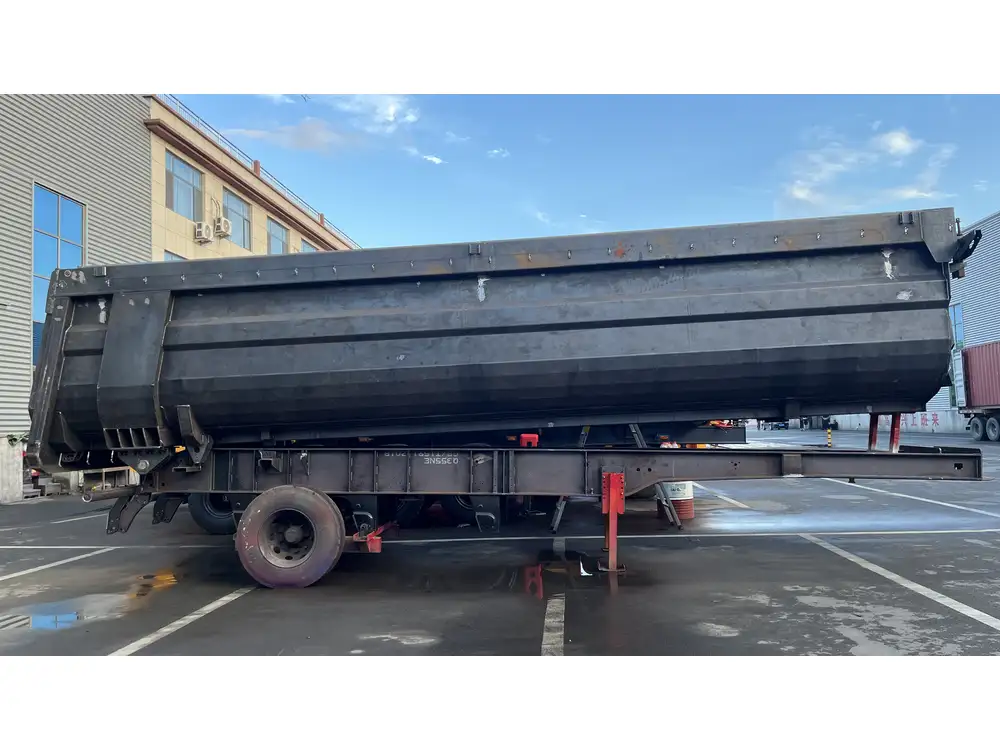Maintaining a clean camper trailer water tank is essential for ensuring the health and safety of your family while camping. Water quality deteriorates over time, leading to unpleasant odors, bad taste, and even potential health risks if left untreated. In this article, we will delve deep into the effective methods for cleaning your camper trailer water tank, addressing common concerns and offering practical solutions to keep your water supply pristine.
Table of Contents
- Understanding Camper Trailer Water Systems
- Components of Water Systems
- Importance of Water Quality
- Signs that Your Water Tank Needs Cleaning
- Step-by-Step Cleaning Process
- Preparation
- Cleaning Procedure
- Best Cleaning Solutions for Water Tanks
- Natural Solutions
- Commercial Cleaners
- Maintenance Tips for Water Tanks
- Conclusion
1. Understanding Camper Trailer Water Systems

Components of Water Systems
In a typical camper trailer, the water system comprises several components: the water tank, pump, plumbing lines, and faucets. Understanding these components is crucial for ensuring that each part remains clean and functional.
| Component | Function |
|---|---|
| Water Tank | Stores fresh or gray water |
| Pump | Moves water from the tank to the sink or shower |
| Plumbing Lines | Transports water throughout the trailer |
| Faucets | Dispenses water for usage |
Importance of Water Quality
The water stored in your trailer tank can become a breeding ground for bacteria, algae, and sediment over time, particularly if the tank is not adequately maintained. Clean water is essential not only for drinking but also for cooking, cleaning, and hygiene. Consequently, periodic cleaning should be an integral part of your camping maintenance routine.
2. Signs that Your Water Tank Needs Cleaning
Recognizing the early signs will help prevent contamination of the water supply. Here are some indicators that your water tank might require cleaning:
- Unpleasant Odors: A strong, musty, or chemical smell emanating from your water can indicate bacterial growth or stagnant water.
- Discoloration: Brown or cloudy water may suggest rust or sediment in the tank, which can compromise water quality.
- Bad Taste: If the water tastes strange or off, it’s a sign that contaminants may be present.
- Slime or Filmy Residue: A slimy texture in the tank could be a warning of bacterial growth or biofilm.

3. Step-by-Step Cleaning Process
Getting started with the cleaning process requires some preparation. Ensure you have all necessary supplies on hand before beginning.
Preparation
- Empty the Water Tank: Make sure to drain any remaining water from the tank.
- Gather Supplies: Here is a checklist of items needed for cleaning your water tank:
- Rubber gloves
- Bucket
- Scrub brush
- Vinegar or bleach (diluted)
- Hose or siphon
- Clean water
Cleaning Procedure
Flush the Tank:
- Use a hose or siphon to flush out any debris and residue from the tank. Aim to remove all the standing water.
Scrub the Interior:
- Wearing rubber gloves, pour a mixture of warm water and vinegar (or a diluted bleach solution) into the tank. Using a long-handled scrub brush, clean the walls, floor, and any hard-to-reach corners.
Rinse Thoroughly:
- After scrubbing, it’s critical to completely rinse out the tank to ensure no cleaning solution remains. Fill the tank with clean water and then drain it, repeating this step until the water runs clear.
Check the Inlet and Outlet Valves:
- Inspect and clean the inlet and outlet valves to prevent any buildup from impeding water flow.
Check for Leaks:
- After cleaning, inspect your water system for leaks or damages, particularly around hoses and connectors.

4. Best Cleaning Solutions for Water Tanks
When it comes to choosing a cleaning solution, you have several options at your disposal. Below are recommendations for both natural and commercial solutions.
Natural Solutions
Vinegar Solution:
- Combine one cup of distilled white vinegar with about five gallons of water. This solution helps eliminate odors and bacteria naturally.
Baking Soda Mixture:
- Add a half-cup of baking soda into five gallons of water. Baking soda acts as a mild abrasive that can help scrub away grime.
Commercial Cleaners
Many manufacturers produce specialized cleaners formulated for RV water systems. Here are a few reputable products:
Camco TST Orange Regular RV Toilet Treatment:
- While primarily for toilets, it can also clean tanks and maintain a fresh scent.
Star Brite RV Water Tank Cleaner:
- A highly rated product designed specifically for cleaning and disinfecting RV water tanks.

5. Maintenance Tips for Water Tanks
Regular maintenance is the key to prolonging the lifespan of your camper trailer’s water system. Here are proactive measures you can take:
Regular Flushing: Flush the water tank with fresh water every few weeks, especially if the trailer is not in regular use.
Inspection: Check for leaks, cracks, or buildups regularly, especially before and after long trips.
UV Water Purification: If you’re especially concerned about water quality, consider investing in a UV water purifier that can eliminate harmful microorganisms.
Water Quality Testing Kits: Use commercially available testing kits to monitor your water for contaminants regularly.
Conclusion
In conclusion, cleaning your camper trailer water tank is not just a chore; it is an essential aspect of maintaining a healthy and safe camping experience. By recognizing the signs that indicate a need for cleaning, following a systematic cleaning process, opting for effective cleaning solutions, and adhering to maintenance tips, you can ensure that the water in your trailer remains safe and pleasant for drinking, cooking, and hygiene.
Invest the time to care for your water system; it will pay dividends in the quality of your outdoor adventures and the well-being of you and your family. Start today by scheduling regular cleanings and inspections—make water safety a priority as you embark on your next journey!



